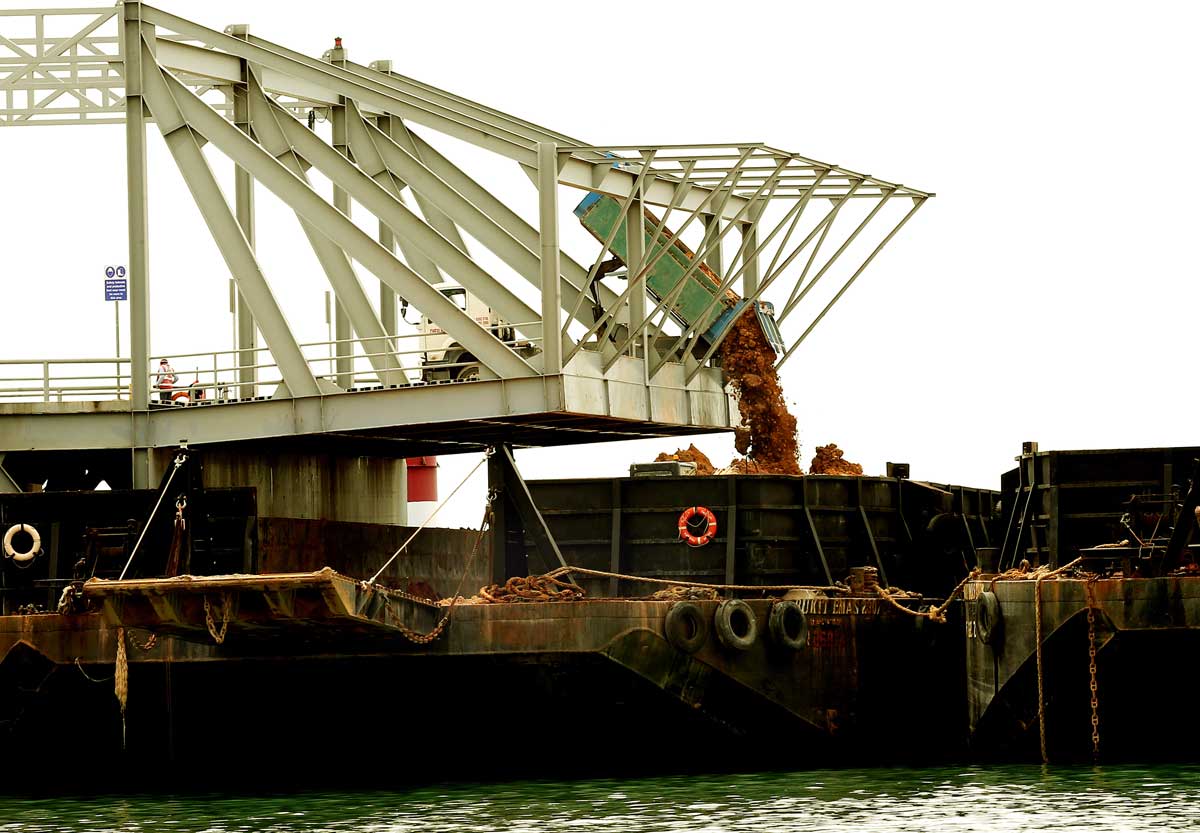A new method of land reclamation will be adopted at the north-western tip of Pulau Tekong, adding new land the size of two Toa Payoh towns for military training purposes, National Development Minister Lawrence Wong said yesterday.
The empoldering method involves building a dike around the area to be reclaimed and draining water from it, creating a low-lying tract of land below sea level, called a polder.
The polder is buffered from the sea by a dike, and water levels in the polder are controlled by drains and pumps.
The dike will measure 10km long, up to 15m wide at its crest and stand about 6m above sea level.
Compared to the traditional method of infilling with sand, this will reduce the amount of sand needed for reclamation and save on upfront construction costs, said the Housing Board.
It is the agent appointed by the Ministry of National Development to carry out land reclamation works on behalf of the Government.
To ensure that the project is cost-effective, safe and environmentally sensitive, HDB said it is working closely with Kees d’Angremond from the Netherlands – an authority on polder development and longtime adviser to Singapore on reclamation.
While polders may be new to Singapore, Professor d’Angremond said they have been built in the Netherlands for the past 2,000 years.
These polders were primitive ones built by farmers who wanted to protect their land against flooding.
Safety of the polders is ensured through methods such as the building of strong dikes, determining the height of the dike in relation to expected sea levels and wave action, as well as having a grass cover on the inner dike slope to ensure it does not erode, Professor d’Angremond said.
HDB will call for a tender by the end of this year and construction will commence at the end of 2017. The reclamation project is slated for completion in 2022.
Mindef will maintain the 810ha polder land upon its completion.
The drainage system, dike, water pumping stations and canals will be maintained by national water agency PUB.
The reclaimed area on the island will also have 21km of roads – the combined length of East Coast Parkway – and 29km of drains. HDB said an environmental study has been carried out to ensure that there will not be any significant impact on the surrounding marine environment and marine life.
yeosamjo@sph.com.sg

Get MyPaper for more stories.






